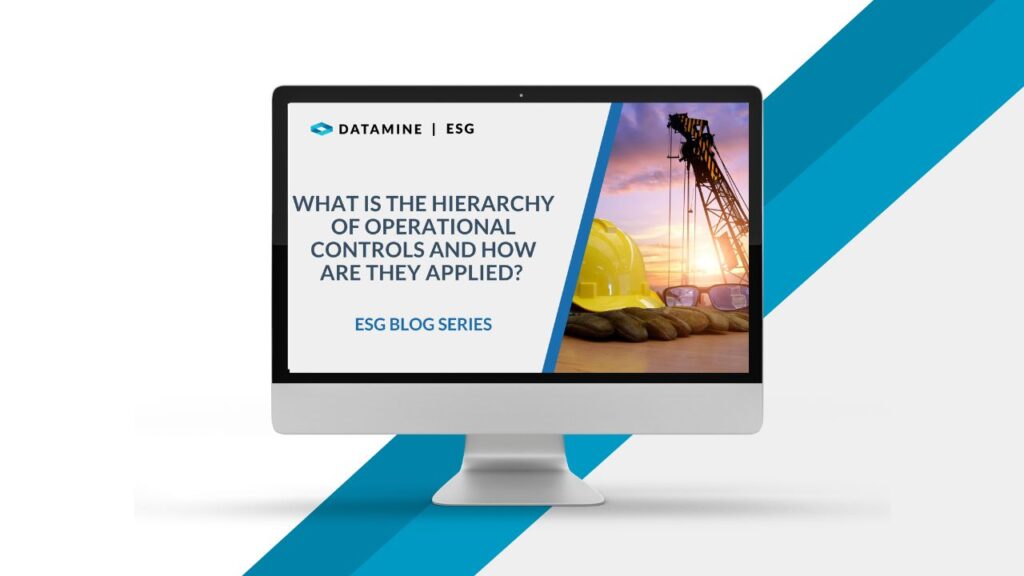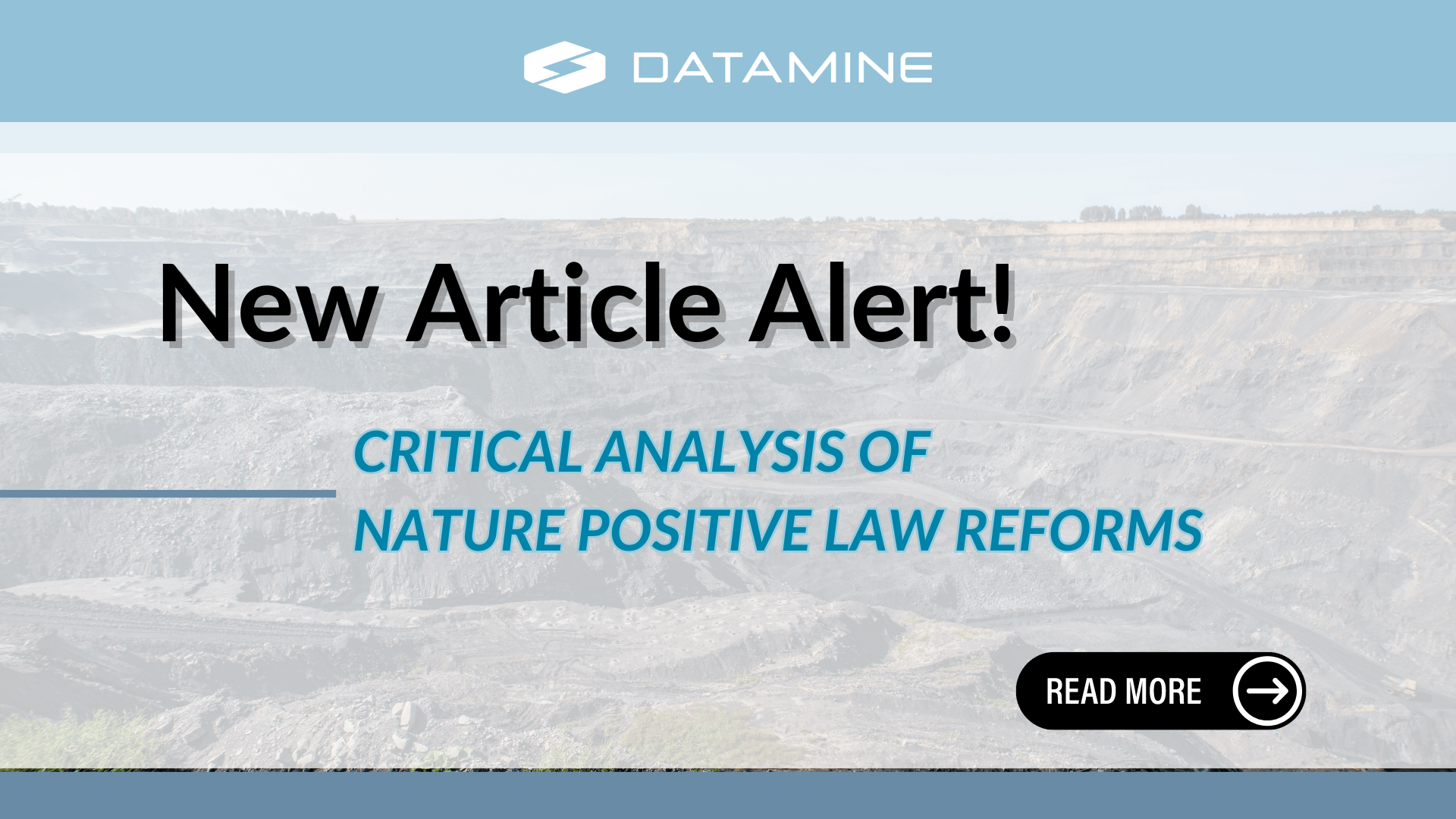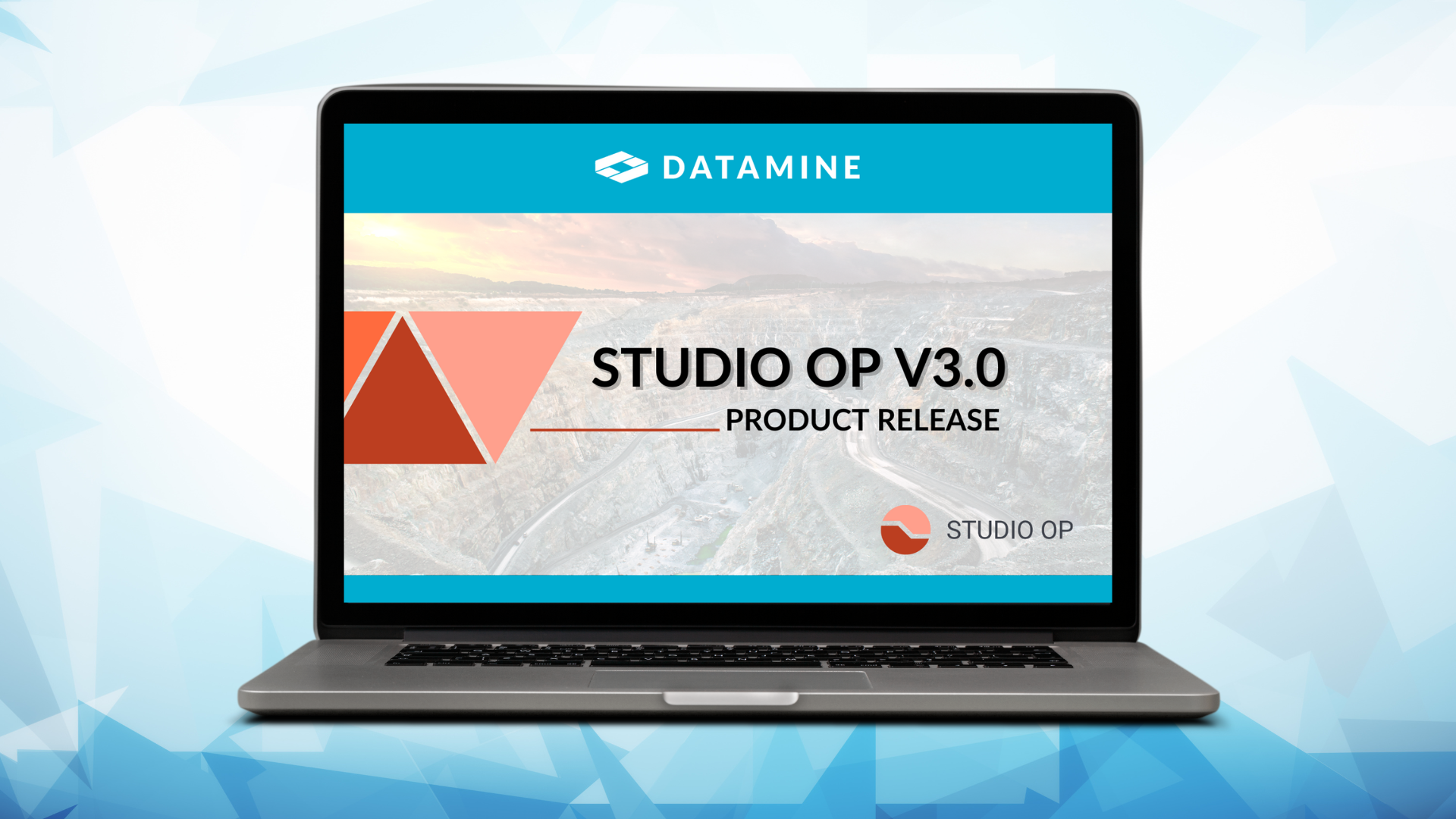To avoid accidents in their facilities, companies implement standards for the prevention or control of fatalities through procedures led by managers, who have the obligation to approve, communicate, and monitor strict compliance to their work team.
To eliminate or keep risks at bay, there is a hierarchy of operational controls which, in occupational safety and health, must all be considered to make the best decision, the one that favours both the company and the worker. To do this, it is necessary to make a list of all inherent hazards and risks, assessing their probabilities and consequences, as well as to establish control measures.
In this regard it is important to listen to the workers as they are well familiarised with the issues. The root causes of previous accidents should be studied, the findings of inspections should be reviewed, and a preventive culture should be generated to ensure the optimal functioning of operations.
How does this work?
Once the risk assessment has been performed and all controls have been taken into account, it is possible to determine whether the existing controls are adequate, whether they need to be improved, or whether new ones need to be introduced.
When obtaining new controls, the selection has to be determined by the principle of hierarchy of controls, i.e., eliminating all risks whenever possible, establishing risk reduction, and adopting separate personal protective equipment as a last resort.
Once the risks and hazards have been determined, the prevention or control of fatalities must obey the following hierarchy:
- Elimination: the design is modified to eliminate the hazard; for example, the introduction of mechanical lifting devices to eliminate the hazard of manual handling.
- Substitution: hazardous materials should be substituted with less hazardous materials, or the energy of the system should be reduced.
- Engineering controls: involve the redesign of equipment, process, or organisation of work. Devices derived from technological advances are available to help contain or isolate hazards in a better way.
- Administrative controls: are carried out by providing controls such as training and procedures. This is a reinforcement of the previous controls that had to be implemented. The controls implemented for minor risks are also reinforced. When it is not possible to place engineering controls that contain the hazard, the use of administrative controls generates awareness and warns the worker about a given hazard and the measures to be taken to mitigate it. Examples of such controls include posters, signs, distribution of procedures, etc
- Personal Protective Equipment (PPE): the use of appropriate PPE is given when other controls are not possible to apply. There is a wide range of equipment to protect the entire body of workers (safety goggles, hearing protection, face shields, safety harness, gloves, etc.) but the importance of their being able to work freely must always be kept in mind. If it is not possible to do so, its use should be mandatory.
The first three levels are the most recommended, although it is not always possible to implement them. Many companies, due to the economic investment associated with controls, use the lower hierarchical levels (4 and 5).
By making the necessary efforts to ensure that operations are carried out in an efficient, optimal, productive and, above all, safe manner, many benefits can be obtained.
The workplace must be safe to avoid losses, which are often irrecoverable. The task of managing occupational health and safety is for all team members: identifying hazards in our work, assessing risks, and implementing the appropriate controls.



